14 Best Sprint Retrospective Ideas to Get Everyone Involved
9 min read

Table of Contents
- Top Sprint Retrospective Ideas to Get Everyone Involved
- 1. Start-Stop-Continue
- 2. Sailboat Retrospective
- 3. 4Ls (Liked, Learned, Lacked, Longed for)
- 4. The "5 Whys" Technique
- 5. Mad, Sad, Glad
- 6. Team Radar
- 7. Appreciation Round
- 8. Lean Coffee
- 9. The "Fist of Five" Voting
- 10. Mood Chart
- 11. Silent Retrospective
- 12. Dot Voting
- 13. Fishbowl
- 14. Hero’s Journey Retrospective
- Wrapping Up
- FAQs
- How to make a sprint retrospective more engaging?
- What are the 5 steps of sprint retrospective?
- What topics should I discuss in a sprint retrospective?
- What is a good sprint retrospective?
- How to make sprint retrospectives fun?
- What should I say in a sprint retrospective?
- What are the four questions for a sprint retrospective?
The sprint retrospective is one of the most important ceremonies in Agile and Scrum. It offers the team a chance to reflect on the sprint—celebrating successes, addressing challenges, and identifying areas for improvement. But let’s face it, retrospectives can sometimes feel repetitive or disengaging if not done right. To ensure your retrospectives are impactful and that everyone feels actively involved, it's essential to keep the sessions dynamic and engaging. Let’s explore the top sprint retrospective ideas to get everyone involved in the meeting room retro board meeting.
Also read: What is Agile Methodology? Exploring Agile Frameworks for Technical Project Managers
If you’re looking to streamline your project management and enhance team collaboration, check out Middleware Jira Plugin. It integrates Jira with your existing tools to improve data flow, boost efficiency, and ensure your teams stay aligned. With real-time updates and powerful metrics, you can make informed decisions faster and keep projects on track, just like your retrospectives!
Top Sprint Retrospective Ideas to Get Everyone Involved
Here are some fresh and interactive retrospective ideas to get everyone involved and make the process more effective:
1. Start-Stop-Continue

This classic retrospective activity is simple, yet effective. It asks team members to reflect on what they should start doing, stop doing, and continue doing in future sprints.
How to execute:
Start: What new practices, tools, or strategies should we start using?
Stop: What actions or processes aren’t working and should be stopped?
Continue: What is working well that we should keep doing?
This is a sprint retrospective idea where everyone has to talk. This exercise promotes open and honest discussion, ensuring no important points are overlooked. Everyone is encouraged to share their thoughts, and it’s easy to track improvements in future sprints.
2. Sailboat Retrospective

This fun retrospective is a metaphor-based retrospective that helps teams visualize where they’re headed. In the "Sailboat Retrospective," the team imagines their sprint as a sailboat. The wind represents positive forces (what’s helping the team move forward), the anchor symbolizes obstacles or challenges (what’s holding the team back), and the rocks represent potential risks or threats. Also read more on Risk Management in Agile Projects: Balancing Speed and Stability
How to execute:
Draw a simple sailboat, wind, anchor, and rocks on a whiteboard or virtual board.
Ask the team to reflect on each of these aspects by discussing what’s helping them (wind), what’s hindering them (anchor), and what risks they see (rocks).
This exercise helps the team visualize their progress and fosters discussion on how to move forward while avoiding risks.
3. 4Ls (Liked, Learned, Lacked, Longed for)

This is a great retro sprint format for getting a well-rounded reflection of the sprint from each team member. It allows for both positive feedback and critical insights.
How to execute:
Liked: What did you like about this sprint?
Learned: What did you learn during this sprint?
Lacked: What was missing during the sprint, and how can we improve it?
Longed for: What did you wish we had more of during the sprint?
This format allows for deep reflection and ensures that every aspect of the sprint is discussed, from successes to areas for improvement.
4. The "5 Whys" Technique
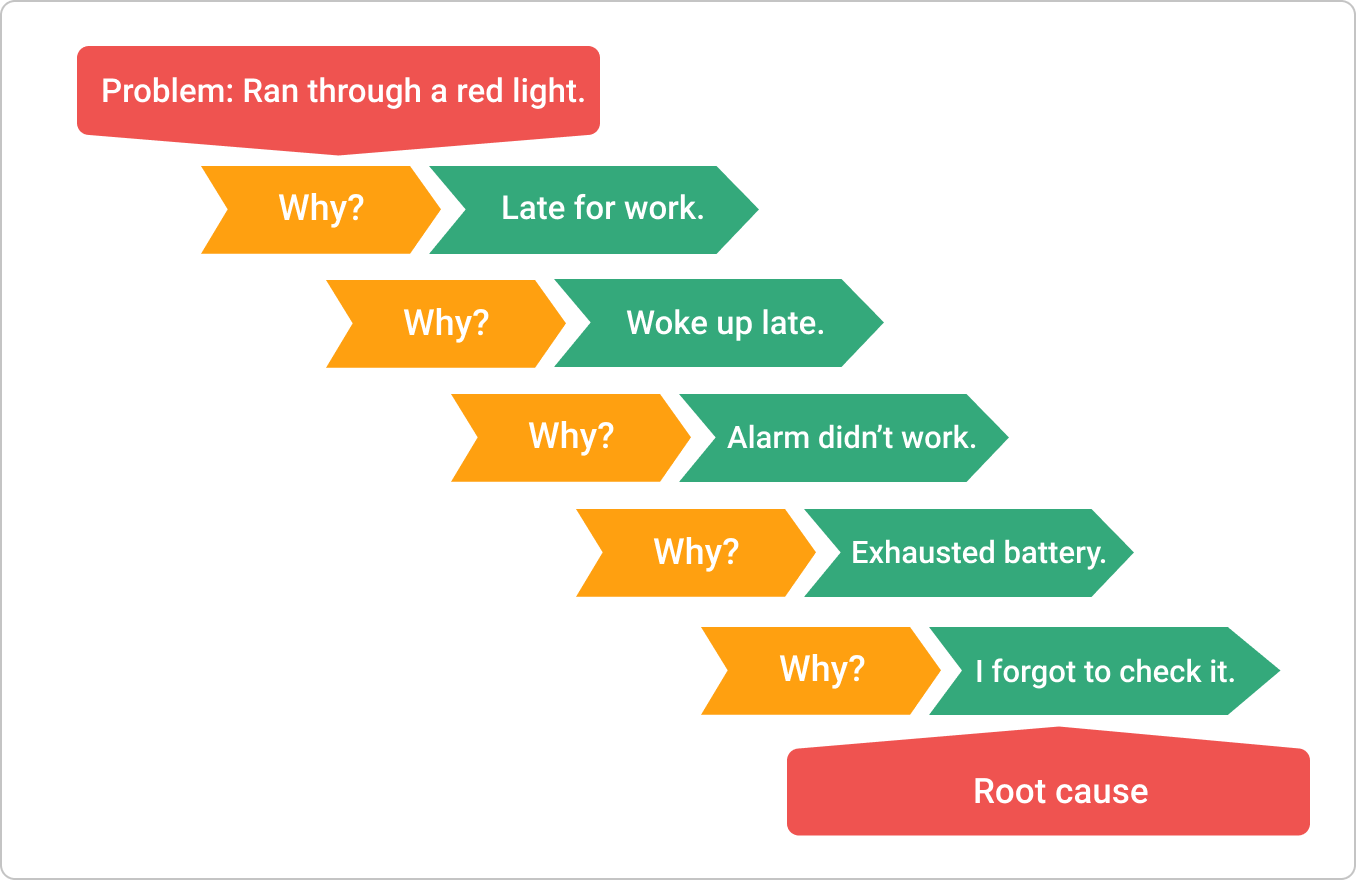
The "5 Whys" is an excellent technique for getting to the root cause of problems. It helps teams explore issues in depth and understand the true reasons behind challenges or obstacles.
How to execute:
Choose a problem or challenge encountered during the sprint.
Ask “Why?” and dig deeper into the cause.
Repeat this five times, each time drilling down further into the issue to identify the core cause.
This helps the team avoid surface-level solutions and address problems at their root, improving both the process and team dynamics.
5. Mad, Sad, Glad
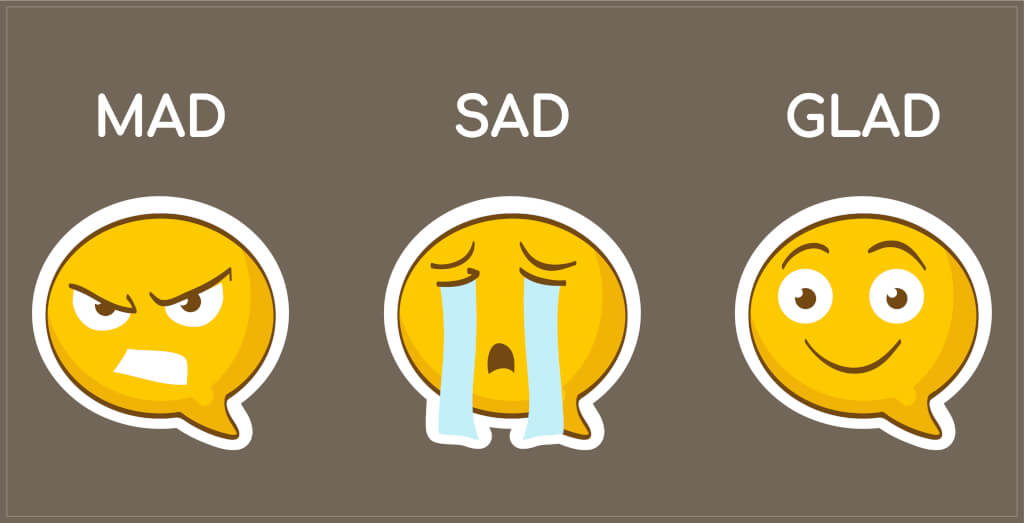
This agile retrospective idea is great for emotionally engaging everyone with the retrospective. It allows team members to reflect on the emotional highs and lows of the sprint.
How to execute:
Ask the team to categorize their experiences into three categories: Mad (what frustrated them), Sad (what disappointed them), and Glad (what made them happy or proud).
As a team, discuss the items from each category, and use these insights to improve future sprints.
This method provides insight into team morale and helps uncover any unresolved emotional issues that might be affecting the team’s performance.
6. Team Radar

Team Radar is a simple, visual retrospective tool that asks team members to rate different aspects of their sprint experience on a scale (usually from 1 to 5). This can include topics like communication, collaboration, workflow, tools, and quality of work.
How to execute:
Create a radar chart (a circle with axes radiating outward).
Each team member rates their perception of different factors (e.g., collaboration, communication, etc.) by placing a dot or line at the appropriate point on the radar.
This gives a clear, visual representation of areas of strength and areas that may need attention. It’s also a quick and effective way to gauge overall team sentiment.
7. Appreciation Round
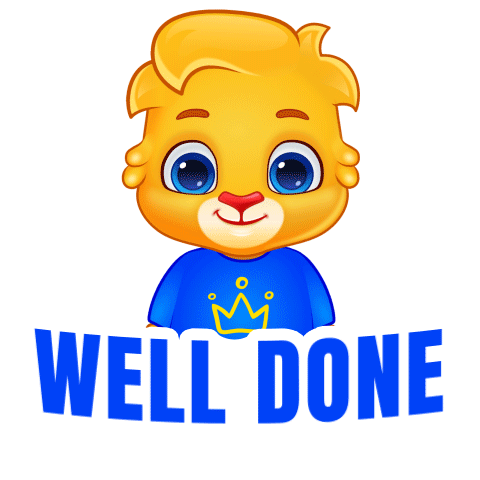
Sometimes, retro sprints can focus too much on what went wrong or what needs to improve. While it’s essential to look at areas for growth, it’s just as important to recognize what went well. This appreciation round helps the team recognize each other’s efforts and strengths.
How to execute:
- At the beginning or end of the retrospective, have each team member in the meeting room retro board meeting share something they appreciate about another team member’s work during the sprint. It could be a particular contribution, support during a challenging moment, or a collaborative effort.
This boosts morale and reinforces a positive team culture, encouraging collaboration and teamwork.
8. Lean Coffee
Lean Coffee is an open agenda retrospective format where the team collectively decides what they want to discuss by prioritizing topics on the fly. This helps address the most pressing concerns without a rigid structure.
How to execute:
Team members write down topics they want to discuss on sticky notes or a virtual board.
The team votes on which topics to discuss first.
Each discussion is timed (usually 5-10 minutes), and the team votes again to decide if they want to continue the conversation or move on.
Lean Coffee retrospectives are great for teams that have diverse concerns or need more flexibility in their discussions.
9. The "Fist of Five" Voting

This voting technique allows the team to quickly express their opinions on a specific topic, helping you gauge the consensus.
Ask a question or present an idea to the team.
Each member votes by showing a fist (no support) to five fingers (strong support).
Discuss any discrepancies in the votes to identify areas of disagreement.
This method is perfect for making quick decisions or identifying areas where consensus is lacking.
10. Mood Chart

A visual way for the team to express how they felt throughout the sprint.
Use a simple chart where team members can mark their mood at various points in the sprint (e.g., start, mid-sprint, end).
This helps identify trends in team morale and any issues that might have impacted the team’s mood.
This exercise provides insight into team dynamics and highlights areas where support is needed.
11. Silent Retrospective

Sometimes, team members can be shy about speaking up. The Silent Retrospective is a retro format that allows everyone to contribute anonymously, reducing the pressure to speak in front of others.
Ask everyone to write down their thoughts on what went well, what didn’t, and what could be improved.
The team discusses these points after everyone has submitted their feedback.
This method ensures that even quieter team members can contribute their thoughts.
12. Dot Voting
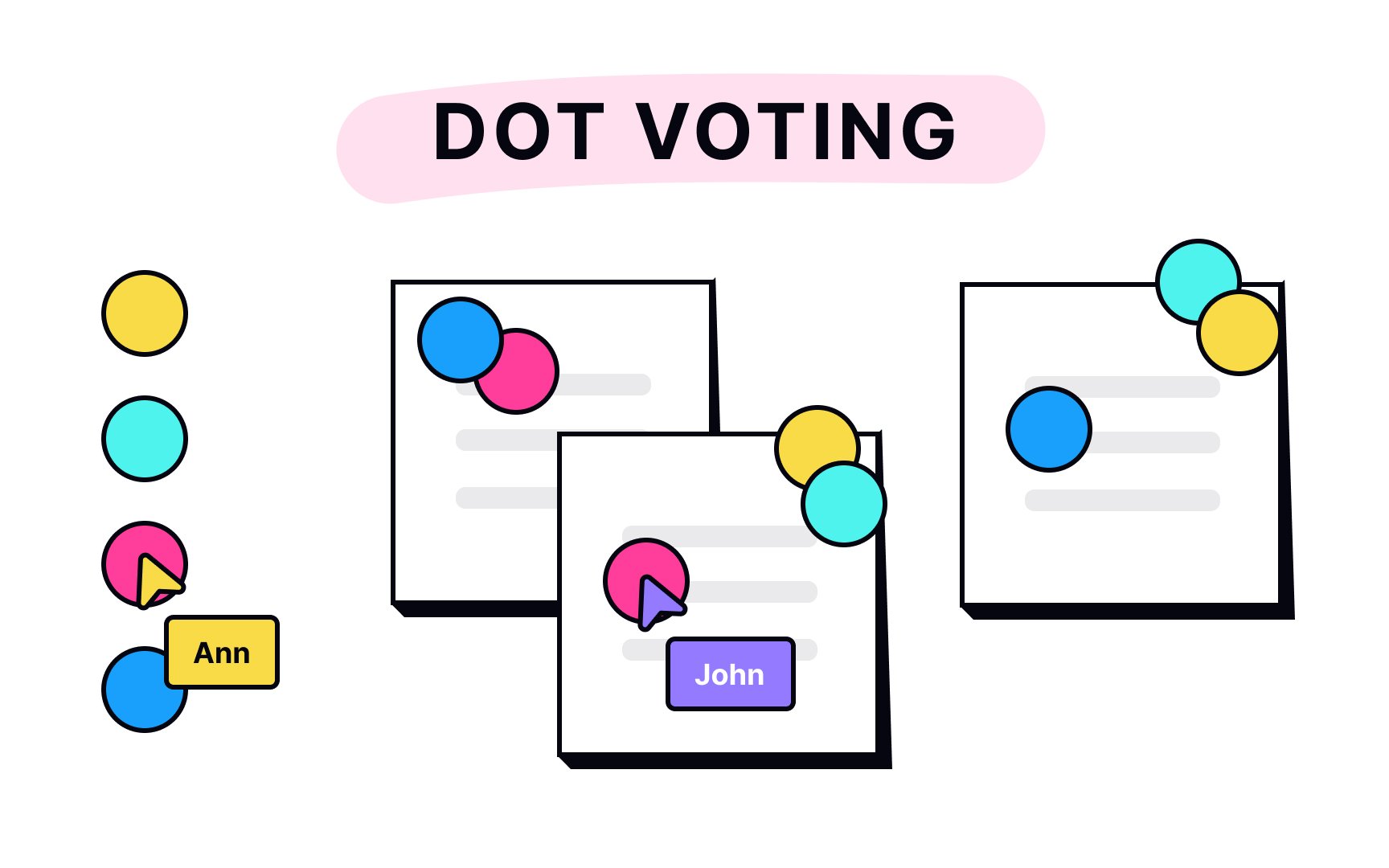
Dot voting is a simple method to prioritize items for discussion or action.
Write down a list of topics or issues from the sprint.
Give each team member a set number of dots (stickers or virtual) to place on the topics they feel are most important.
Discuss the highest-voted items.
This technique ensures that the team is focused on the most important issues and encourages team participation in decision-making.
Also read: Data-Driven Decision-Making: Leveraging Sprint Metrics for Strategic Insights
13. Fishbowl
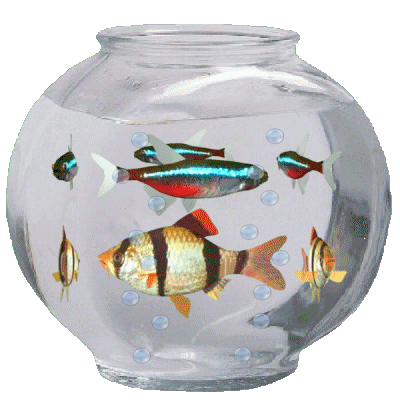
A collaborative retrospective format is where a small group of people discuss a topic while the rest of the team observes. After a set time, the groups switch.
Have a few team members discuss a topic (e.g., communication problems) while the rest of the team listens.
After 10–15 minutes, swap the groups, allowing everyone to contribute their perspective.
This exercise helps ensure that everyone’s voice is heard and encourages different viewpoints.
14. Hero’s Journey Retrospective

Using the metaphor of a hero’s journey, team members reflect on the challenges they faced and the victories they achieved.
Map out the sprint like a hero’s journey, from "Call to Adventure" (sprint start) to "Return" (sprint completion).
Team members share their "hero" experiences, discussing challenges and successes along the way.
This method helps to gamify the retrospective and brings a sense of accomplishment to the team.
Wrapping Up
These are some sprint retrospective ideas you can try for your meeting room retro board meeting. Retrospectives are a vital tool in fostering continuous improvement within Agile teams. By experimenting with different formats and activities, you can keep things fresh, promote full participation, and drive positive change. The key is to keep it dynamic, interactive, and relevant to your team’s needs.
Speaking of keeping things running smoothly, if you’re looking to streamline your project management and enhance team collaboration, check out Middleware Jira Plugin. It integrates Jira with your existing tools to improve data flow, boost efficiency, and ensure your teams stay aligned. With real-time updates and powerful metrics, you can make informed decisions faster and keep projects on track, just like your retrospectives! Try it today and elevate your workflow!
FAQs
How to make a sprint retrospective more engaging?
Use creative activities, icebreakers, and varied formats to keep the discussion interactive and fresh.
What are the 5 steps of sprint retrospective?
Set the stage
Gather data
Generate insights
Decide what to do
Close the retrospective
What topics should I discuss in a sprint retrospective?
Focus on team performance, challenges, successes, areas for improvement, and process adjustments.
What is a good sprint retrospective?
A good sprint retrospective encourages open feedback, promotes team collaboration, and identifies actionable improvements for the next sprint.
How to make sprint retrospectives fun?
Incorporate games, icebreakers, or creative activities to engage the team, making the retrospective enjoyable while staying productive.
What should I say in a sprint retrospective?
Focus on what went well, what could be improved, and share constructive feedback or suggestions for better team collaboration.
What are the four questions for a sprint retrospective?
What went well during the sprint?
What didn’t go well?
What could we do differently?
What actions will we take to improve?



